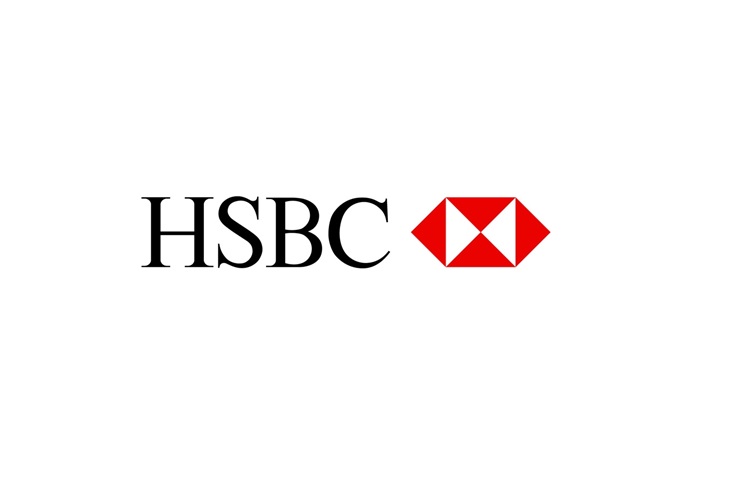Manufacturing operating conditions in India improved for the thirteenth month in a row in November, supported by stronger growth of output and new work intakes. Foreign orders and buying activity also rose during the month, while employment remained broadly stable. However, a cautionary note was provided by survey data regarding input costs and output charges, as inflationary pressures intensified.
Rising from 51.6 to 53.3, the headline seasonally adjusted HSBC India Purchasing Managers’ IndexTM (PMITM) – a composite indicator designed to give an accurate overview of manufacturing operating conditions – reached a 21-month peak in November. The latest improvement in business conditions was solid overall and the thirteenth in consecutive months. Consumer goods areas monitored.
Production rose in line with the headline index in November, as the rate of output growth picked up to the fastest since February 2013. Anecdotal evidence linked expansions in production to rising new work inflows. By sub-sector, the sharpest increase was registered in consumer goods.
November data reinforced reports of stronger-than-expected demand, as new order growth accelerated to the quickest in 21 months. Consumer goods was again the best performing of the surveyed sub-sectors. Similarly, foreign orders received by Indian goods producers continued to rise strongly in November. Survey respondents generally attributed growth to strengthening demand from key export clients.
Input buying at Indian manufacturers increased in November, reflecting stronger order books and higher production requirements. Subsequently, stocks of inputs expanded for the sixth month running, albeit at a modest pace overall. Post-production inventories also rose during the month, although the rate of inventory building was also marginal.
In spite of accelerated expansions in output and new business, employment in the Indian manufacturing economy remained broadly unchanged in November. That said, the respective index posted in line with the average observed so far this year. Stability in payroll numbers was signalled in each of the monitored sub-sectors apart from consumer goods, where job creation was reported.
Key points
- Growth of output and new business accelerates to sharpest in 21 months
- Staffing levels remain broadly unchanged
- Cost inflationary pressures intensify following deceleration in October
Higher prices paid for metals, chemicals and energy led to a solid rise in input costs in November, thereby marking a 68-month period of cost inflation. Moreover, inflationary pressures intensified during the month, following three consecutive months of easing. Among the surveyed sub-categories, the sharpest increase in purchase prices was seen in intermediate goods. Rising
input costs, along with improving demand, drove output prices higher in November. The rate of charge inflation picked up to the quickest in five months, but remained historically muted.
Commenting on the India Manufacturing PMITM survey, Pranjul Bhandari, Chief India Economist at HSBC said:”Manufacturing activity accelerated further in November led by higher output and new orders. Domestic orders saw the biggest increase, even as new export orders continued to be strong. The sharp rise in input prices was surprising, but future prints may be lower as falling
commodity prices eventually lead to softer intermediate good prices. Meanwhile, the pick-up in output prices could partly be signalling some revival in pricing power among businesses. Higher output and an uptick in final prices should convince the RBI to stay on hold in the upcoming meeting.”


